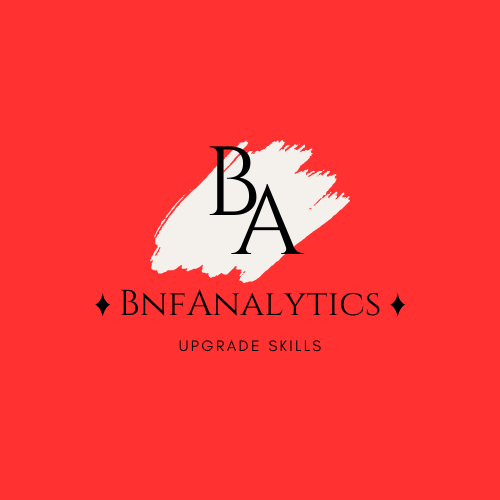
Data Science Professional Program
Skills of future career
The objective of the “Data Science Professional Program” course is to provide developers with a solid foundation in the key concepts, techniques, and tools used in the fields of Artificial Intelligence (AI), Machine Learning (ML), and Natural Language Processing (NLP). The course aims to equip developers with the necessary knowledge and skills to apply AI, ML, and NLP technologies in their software development projects.
- Introduction to AI, ML, and NLP.
- AI and ML Fundamentals.
- Data Preparation and Feature Engineering.
- Machine Learning Algorithms.
- Natural Language Processing (NLP) Basics.
- Practical Applications and Case Studies.
- Ethical Considerations and Bias in AI.
- Integration and Deployment.
- Continuous Learning and Future Trends.

Duration
3 Months
Projects to complete
3
Modules of course
The learning objectives aim to provide learners with a strong foundation in the principles and techniques of AI, ML, and NLP, enabling them to apply these technologies effectively in their development projects and stay informed about the latest advancements in the field.
Detail Curriculum
Module 1: Introduction to AI, ML, and NLP
- Definition and Overview of AI, ML, and NLP
- History and Evolution of AI, ML, and NLP
- Applications of AI, ML, and NLP in Industry
- Impact and Ethical Considerations of AI, ML, and NLP
- Future Trends and Challenges in AI, ML, and NLP
- Tools and Frameworks for AI, ML, and NLP Development
- Hands-on Exercise: Setting up Development Environment for AI, ML, and NLP
Module 2: AI and ML Fundamentals
- Introduction to Machine Learning: Supervised, Unsupervised, and Reinforcement Learning
- Regression Analysis: Linear Regression, Polynomial Regression, Regularization
- Classification Algorithms: Logistic Regression, Decision Trees, Random Forests
- Clustering Techniques: K-Means, Hierarchical Clustering, DBSCAN
- Neural Networks: Perceptron, Feedforward Networks, Deep Learning Architectures
- Evaluation Metrics: Accuracy, Precision, Recall, F1-Score, ROC, AUC
- Hands-on Exercise: Implementing ML Algorithms in Python
Module 3: Data Preparation for AI and ML
- Data Cleaning: Handling Missing Values, Outliers, and Noisy Data
- Feature Scaling and Normalization Techniques
- Feature Selection: Filter Methods, Wrapper Methods, Embedded Methods
- Dimensionality Reduction: Principal Component Analysis (PCA), t-SNE
- Data Transformation: One-Hot Encoding, Label Encoding, Feature Engineering
- Handling Imbalanced Data: Over-sampling, Under-sampling, SMOTE
- Hands-on Exercise: Preprocessing and Transforming Data for ML Models
- N)
- Korean (KOREAN)
- Sanskrit (SNKRT)
- Thai (THAI)
- Urdu (URDU)
- Vietnamese (VIET)
Module 4: Machine Learning Algorithms
- Decision Trees and Ensemble Methods: Random Forest, Gradient Boosting
- Support Vector Machines (SVM): Linear SVM, Non-linear SVM
- K-Nearest Neighbors (KNN) Algorithm
- Naive Bayes Classifier
- Time Series Analysis and Forecasting: ARIMA, Exponential Smoothing
- Reinforcement Learning: Markov Decision Processes (MDP), Q-Learning
- Hands-on Exercise: Building ML Models and Evaluating Performance
Module 5: Natural Language Processing Basics
- Text Preprocessing: Tokenization, Stop Word Removal, Stemming, Lemmatization
- Part-of-Speech Tagging and Named Entity Recognition
- Sentiment Analysis: Lexicon-based Approaches, Machine Learning Approaches
- Text Classification: Bag-of-Words, TF-IDF, Word Embeddings
- Language Models: N-grams, Hidden Markov Models (HMM)
- Neural Network Architectures for NLP: Recurrent Neural Networks (RNN), Long Short-Term Memory (LSTM)
- Hands-on Exercise: NLP Techniques for Text Processing and Analysis
Module 6: AI and ML Model Development
- Introduction to Python Libraries for ML: NumPy, Pandas, Scikit-learn
- Data Splitting: Training, Validation, and Testing Sets
- Model Training and Hyperparameter Tuning
- Model Evaluation and Cross-Validation
- Overfitting and Regularization Techniques: Dropout, L1 and L2 Regularization
- Model Optimization: Gradient Descent, Stochastic Gradient Descent
- Hands-on Exercise: Developing and Optimizing ML Models in Python
Module 7: Integration and Deployment of AI and ML Models
- Model Deployment Considerations: On-premises, Cloud, Edge Computing
- Model Serving and API Development: Flask, Django
- Scalability and Performance Optimization Techniques
- Monitoring and Error Handling in Deployed Models
- Model Interpretability and Explainability
- Privacy and Security in AI and ML Applications
- Hands-on Exercise: Deploying ML Models in Web Applications
What is my total cost?
To upgrade your career , Invest in your skills



